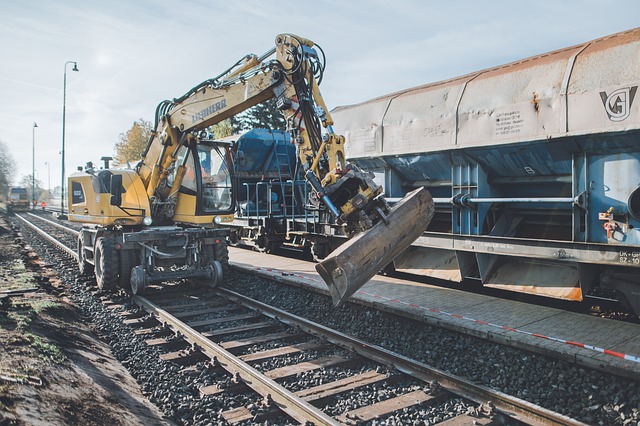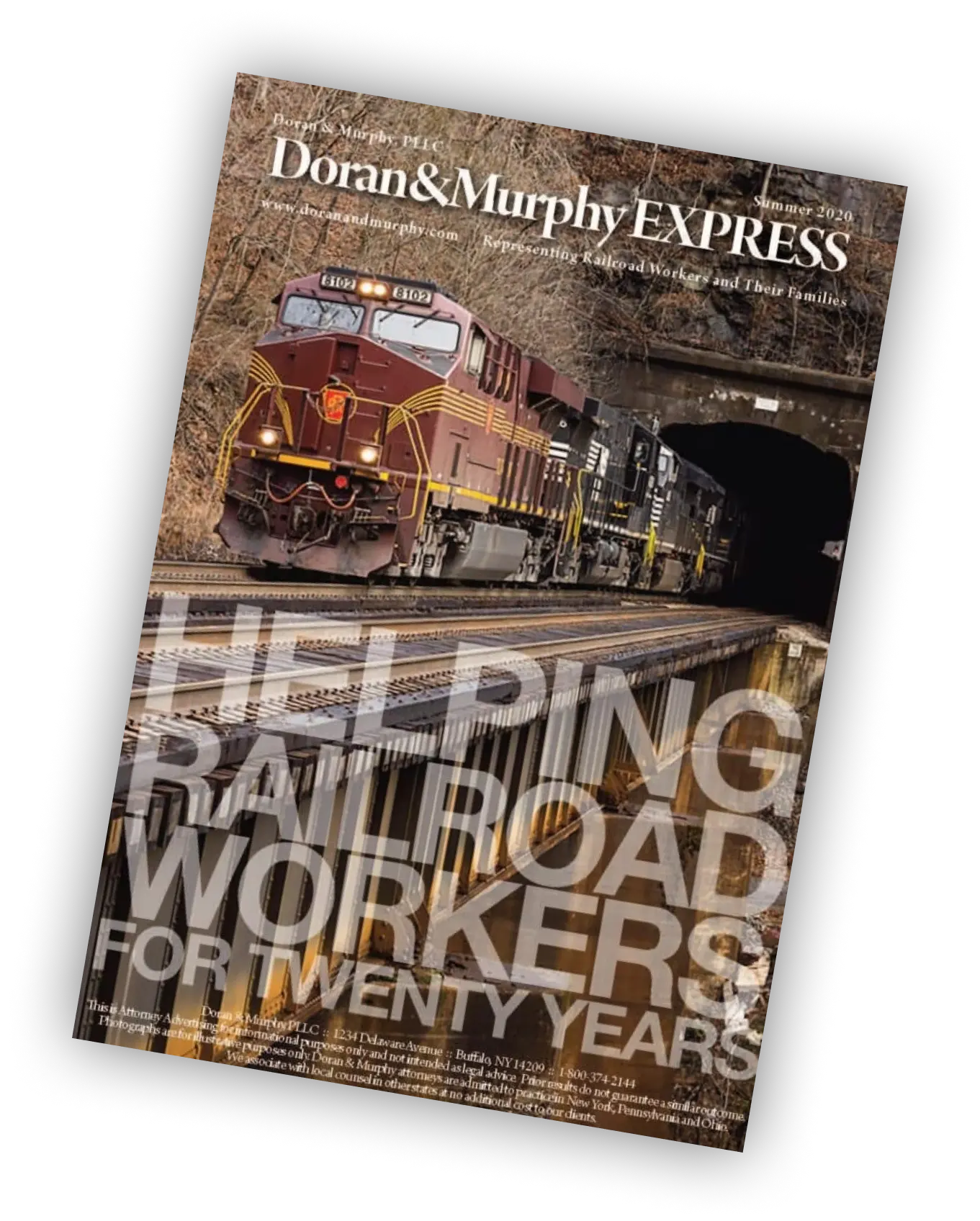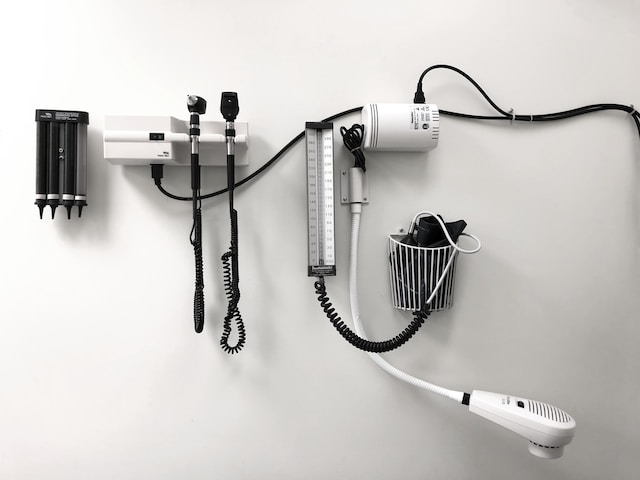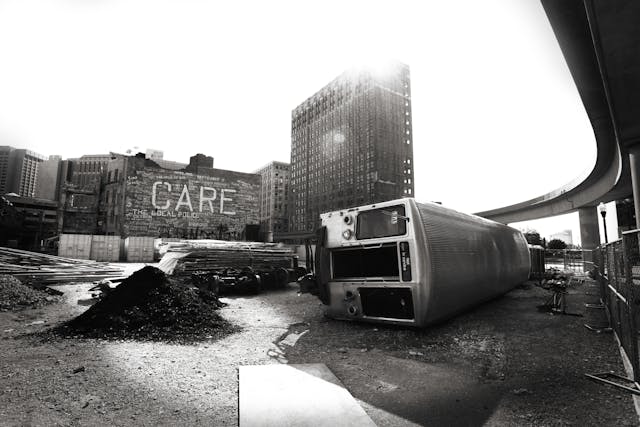
Working for the railroad remains one of the most dangerous occupations in America. The size and power of the trains, machines, equipment, and tools involved in railroad operations make it a particularly hazardous work environment, plagued with injuries and deaths.
Injuries suffered by railroad workers are tracked by the Federal Railroad Administration (FRA), which collects data concerning the hazards and risks that exist on the nation’s railroads. The FRA analyzes the data and converts it into statistical tables, charts, and reports that you can find on the FRA Safety Data site. In an era when the railroad industry claims to be safer than ever, the injury data collected by the FRA reveals just how dangerous the railroad work environment still is. In 2021 alone, there were over 14,200 on-the-job employee deaths and injuries reported to the FRA. Injuries were reported by workers in nearly every railroad craft, but the highest number of injuries were reported by conductors, machine operators, laborers, signal maintainers, carmen, machinists, brakemen, engineers, bridge and building workers, and trackmen.
Common injuries sustained by railroad workers include:
- back and neck injuries
- broken, fractured, and dislocated bones
- shoulder, elbow, ankle, hand, feet, and knee injuries
- ligament and tendon injuries
- burn injuries
- crush injuries
- amputations
- electrocution
- head and brain injuries
- loss of limb or disfigurement
- repetitive motion injuries
These injuries can happen in a variety of ways. Something as simple as a slip and fall or as significant as being hit by a rail car can lead to very serious and long-lasting injuries and can often affect a person’s ability to work and earn a living. It is important for railroad workers to know that if they are injured on the job, they are not entitled to workers’ compensation as ordinary workers are. Instead, an injured railroader may be entitled to compensation under the Federal Employers Liability Act (FELA). While financial compensation for on-the-job injuries under the FELA is typically greater than money awarded under workers’ compensation, it requires proof that the railroad failed to provide a reasonably safe place to work. This can be done in many different ways, even if it is not readily apparent how the railroad contributed to a worker’s injury.
Claims for on-the-job railroad injuries are rife with procedural and evidentiary pitfalls and obtaining a financial recovery often requires a tactical and well-thought-out approach. The attorneys at Doran & Murphy have the knowledge, skill, and experience to understand the many issues involved in railroad injury cases. It is important to speak with an attorney immediately after any injury to understand your rights and protect your ability to bring a claim under the FELA. Even if the railroad pays your medical bills or offers you a settlement, it is important to consider all of your options.
If you’ve been injured on the railroad, call us today for a free consultation.





